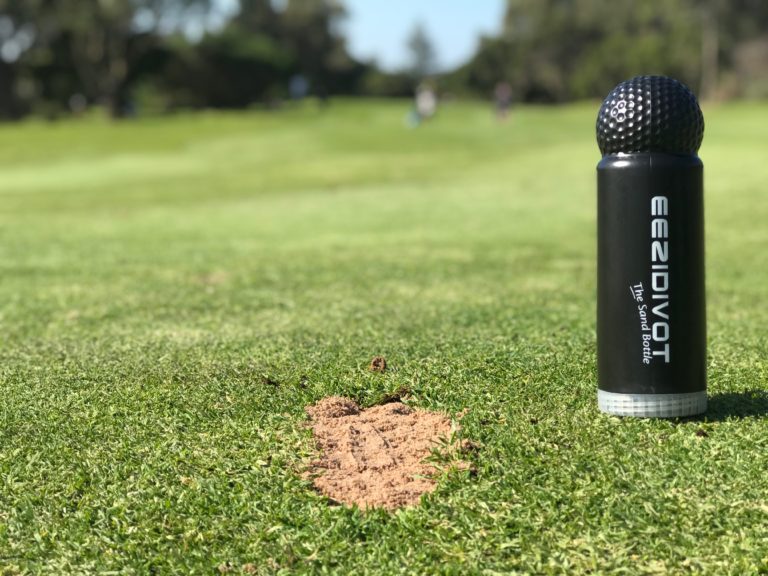
Golf is often described as a game of integrity and respect—qualities that extend beyond the rules and into how we treat the course itself. One of the most important but often overlooked aspects of golf etiquette is divot repair. Properly repairing your divots not only helps keep the fairways in top condition but also shows consideration for other golfers who’ll be playing after you. While the concept is simple—restore the ground after a shot—the method of repair can vary depending on climate, grass type, and local course policies.
Why Fairway Divot Repair Matters
When a golfer strikes the ball from the fairway, it’s common for a piece of turf to be taken with the swing. These chunks of grass and soil, known as divots, can create uneven lies, damage the turf, and affect how the grass grows back. If left untreated, they can disrupt the aesthetics and playability of the course. Repairing divots is one of the easiest ways golfers can contribute to course maintenance and ensure a smooth, enjoyable game for everyone.
Different Approaches for Different Conditions
The correct method of divot repair often depends on the local environment and the type of grass in play. What works on a cool, northern course may not be suitable on a warm, southern one. Here’s how the process varies:
In Colder Regions – Replace the Divot
In areas with cooler climates where the grass grows more slowly—think bentgrass or fescue—the best practice is often to replace the divot. If the sod is still mostly intact and hasn’t broken into pieces, it should be carefully picked up, placed back in its original spot, and gently pressed down with the foot or a club to help it reconnect with the soil. This helps the grass heal over time and keeps the fairway looking lush and healthy.
In Warmer Regions – Use Sand or a Sand/Seed Mix
In warmer climates where faster-growing grasses like Bermuda or Kikuyu are common, divot repair typically involves sand or a sand/seed mixture. Many golf courses in these areas ask players to carry a sand bottle during their round. Instead of replacing the turf, golfers pour the sand mixture into the divot and level it off so it’s even with the surrounding fairway. This method promotes quick regrowth and prevents the divot from turning into a long-term blemish.
When in Doubt, Ask Before You Tee Off
Because the correct approach can vary from one course to another, it’s a good idea to ask course staff what their preferred method of divot repair is. Some courses may provide sand bottles at the first tee, while others might expect you to replace your divots manually. Taking a moment to check before your round is an easy way to show respect for the course and those maintaining it.
Small Action, Big Impact
Repairing your divots might seem like a minor task, but it’s one of those small habits that makes a big difference. It shows that you care about the game, your fellow players, and the long-term condition of the course. Whether you’re stepping onto a championship fairway or a local nine-hole gem, fixing your divots is part of being a true golfer—thoughtful, courteous, and always ready to leave the course better than you found it.